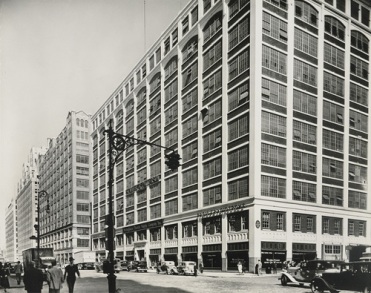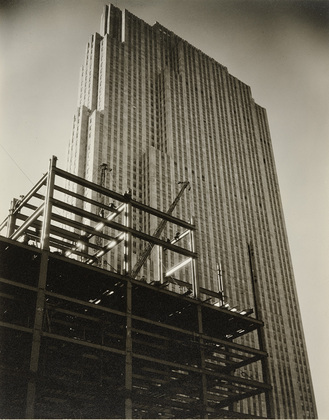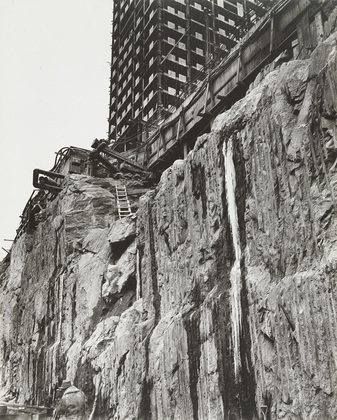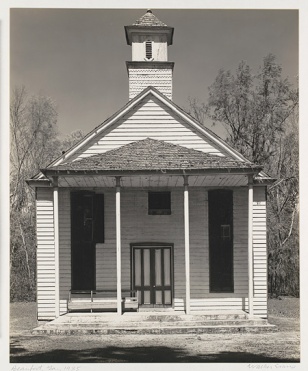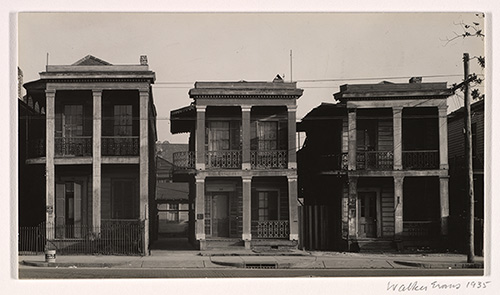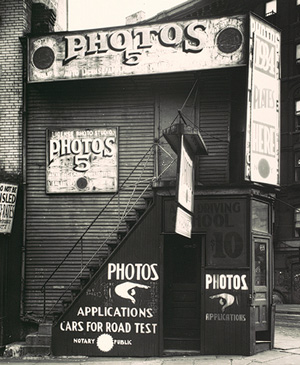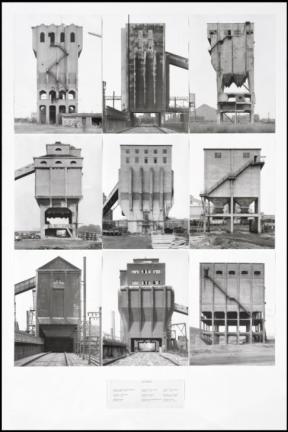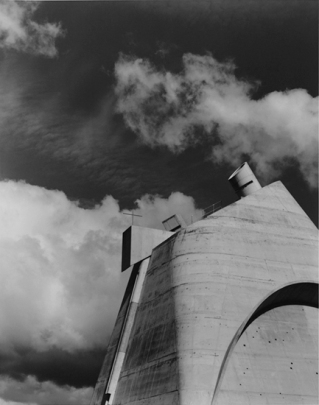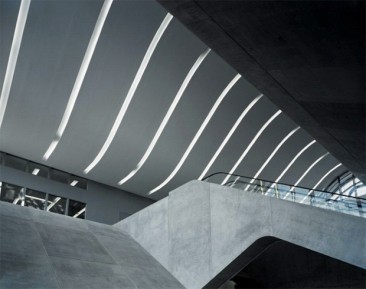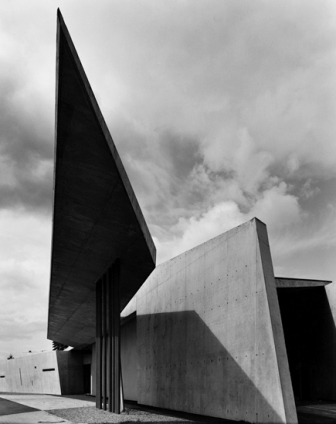I discovered an article in the journal Disegno Daily and I was intrigued to research this even further and make connections between what was being stated and the photographers mentioned.
‘Photography and architecture have long had a special relationship. By freezing a single glance, photography extends and unveils details that cannot be perceived in a single moment.’- Joe Lloyd: a London-based freelance writer specialising in architecture and literature.
This quote really resonated with me and pretty much summed up my thoughts on this project, it’s a way of alerting the public to the finer details in life that on a daily basis have been missed. It was also emphasising the concept that the architecture that surrounds us isn’t seen as a priority to the vast majority of people but an aspect that we constantly experience but tend to relegate to the background. This is something I want to challenge especially in specific parts of Coventry that isn’t expected, as I read on the works of other photographers included within the article made me want to extend my research even more to see how they have captured a similar topic.
Starting in the past with the work of Berenice Abbott (1898-1991), whereby this chronological exhibition includes the post-war work of Julius Shulman (1910-2009), Lucien Hervé (1910-2007) and others before it got to reaching the current day.
An example of Berenice Abbott work from this time period:
Spring and Varick Streets, Manhattan
October 7, 1935
Rockefeller Center
c. 1936
Rockefeller Center, New York City
1932
The journey Abbott took during the 30’s really appealed to me as she was able to almost track the transformation of a city using a large format camera which is a concept that really appeals to me and my work. It makes me think- is this something I am trying to do within my project? The energy and vibrant atmosphere created in these photographs is something I find very inspiring and the juxtaposition and inter-play of the different objects and view points creates interest to scenes many ‘New yorkers’ would take for granted. She was able to do this with the minor details she found and interesting angles and conceptual ideas of buildings and the environment they are situated in.
This reminds me of the way I try and look at particular scenes and so I felt complied to also include others who inspire me and have my way of thinking and viewing the world.
How has this concept been brought into the modern day?
The work of Walker Evans contrasted to Abbott’s in terms of angles often shooting straight on and featured aspects such as the shops fronts, the corner of a street and small dwellings which contrasted to that of the soaring skyscrapers of Abbott.
[Church, Beaufort, South Carolina], 1936
Walker Evans (American, 1903–1975)
New Orleans House, 1935
Walker Evans (American, 1903–1975)
Gelatin silver print
License Photo Studio, New York, 1934
After having researched more into all of the variations of architectural photography over varying time periods I have been inspired by the variation of angles and subject matter and the fact that although it’s all architectural photography surrounding locations that many may take for granted or see as not particularly ‘appealing’ they all differ considerably and I have found it interesting to see how the style changes depending on the time period. The decaying quality and the unnoticed aspects that Evans managed to capture and portray within his work is particularly useful as this is what I hope to achieve within my own work.
The idea of industrial structures was continued and built upon even further by Hilla and Bernd Becher and the repetition of structures included within the piece emphasises the importance of angles and representation of a particular location or building.
Pitheads 1974
Coal Bunkers 1974
As the buildings and architecture has changed so has the photography style with that of leading architectural photographer Hélène Binet emphasising this modern day change within her photography. I feel her work is extremely contemporary yet very simplistic and for me is emphasising how architectural photography can vary hugely and is emphasised by the photographers mentioned in this post.
Hélène Binet, Firminy (2007)
Hélène Binet – Pierres Vives, Zaha Hadid
Hélène Binet, Vitra Fire Station, Weil am Rhein, Germany (1993)
So what have I learnt?
Well after having read this text I have learnt to question the role of the photographer in terms of architecture and I find it fascinating to see the power that photography can bring to architecture and it’s this strength that I hope bring into my own work to resonate with my viewers and others that live in Coventry as I want to change the way in which we perceive specific certain areas of our city.
